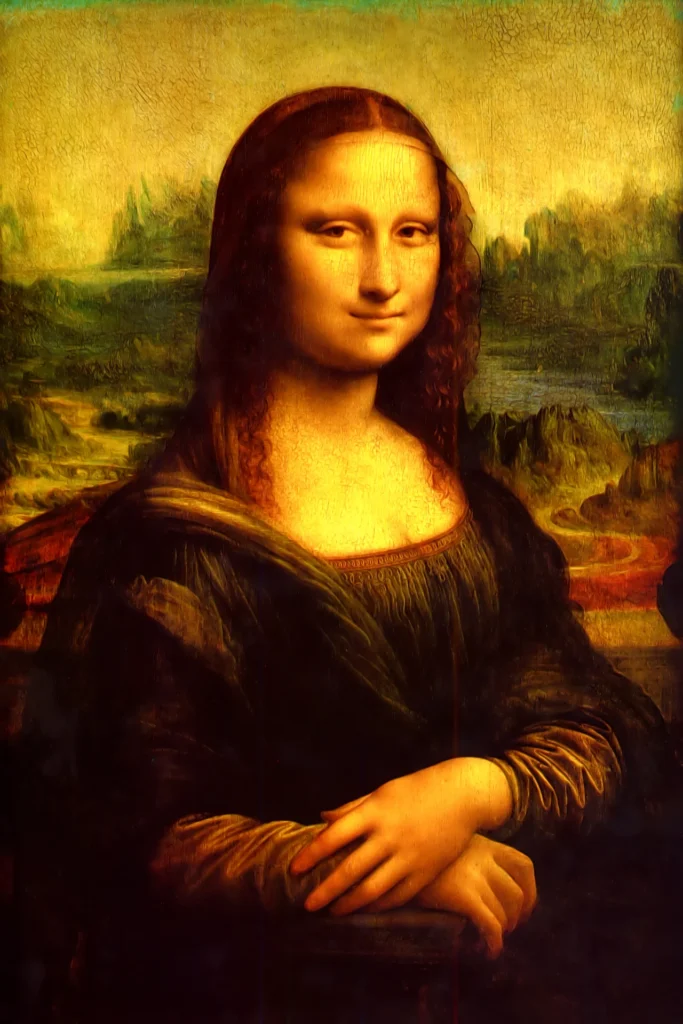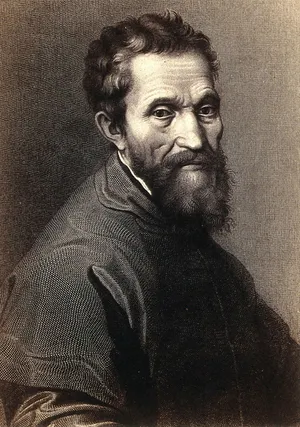
Gino Severini (1883–1966) was an influential Italian painter and a key figure in the Futurist movement, known for his dynamic compositions and innovative use of color and form. His work reflects a deep engagement with modernity and the technological advancements of his time.
Background:
- Early Life and Education: Born in Cortona, Italy, Severini studied at the Accademia di Belle Arti in Florence. His early exposure to Impressionism and Post-Impressionism significantly influenced his artistic development.
- Futurism: His works often embody the Futurist ideals of movement, energy, and the dynamism of contemporary life.
Artistic Style:
- Severini’s style evolved over time, beginning with a focus on abstraction and later incorporating elements of Cubism. He is known for his vibrant colors and geometric forms.
Notable Works:
- “The Armored Train in Action” (1915): This work illustrates the intersection of technology and warfare, a common theme in Futurist art.
- “Dancer” (1916): This piece exemplifies his exploration of movement, depicting a dancer in a swirl of colors and forms.
Later Career:
- After World War I, Severini’s style began to shift towards a more classical approach, reflecting a broader range of influences, including Byzantine art.


